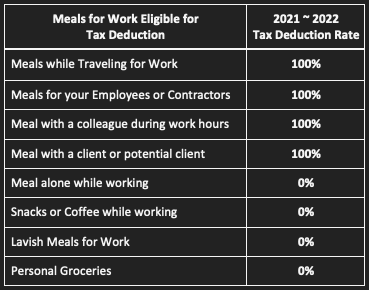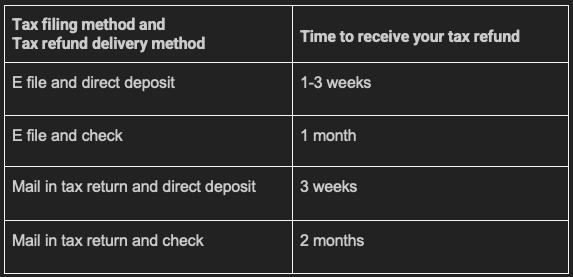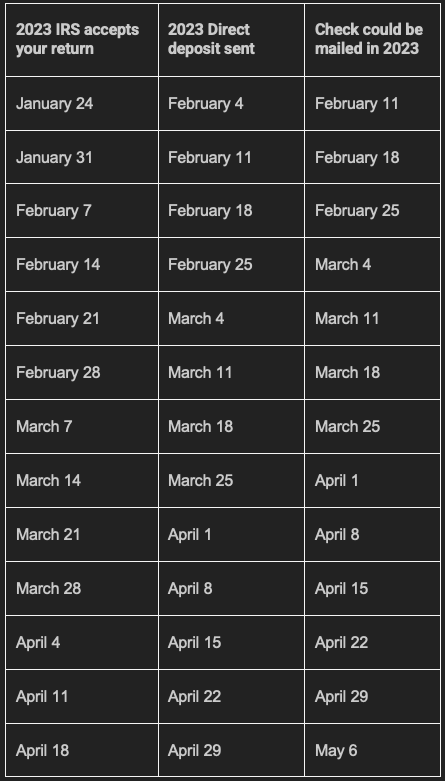Don’t let the thought of tax filing your self-employment tax gets you down – it’s actually easier than you think. Here are 7 simple steps to make sure your hard-earned money is going exactly where it needs to go. So, gather up your forms and keep those lips curved upwards as we walk through the process together!
Whether you’re a freelancer, gig worker, or independent contractor, understanding the correct way to calculate, pay and file your self-employment taxes is essential for anyone who has their own business. By following these steps, you’ll be able to make sure all of your IRS requirements are met with minimal stress involved!
Step 1. Self-Employment Tax Filing
It is important to determine when you need to pay self-employment tax. Individuals who are
– sole proprietors,
– independent contractors,
– freelancers,
– small business owners,
– gig workers or
– have a side hustle may all be liable for this type of tax.
This applies regardless of it being your primary source of income. For example, even though you are employed in a 9-to-5 role, any money earned from selling handmade jewelry on Grailed, eBay or Etsy still needs to be taxed accordingly. Ultimately, all forms of “earned income” – meaning money exchanged for goods and services – should be included in the self-employment tax payment plan.
Are you aware of the self-employment tax rate?
Self-employment taxes are necessary for those running their own businesses and include Social Security and Medicare. Normally, these payments would be withheld directly from W-2 employees’ wages. However, since freelancers don’t have employers, they need to take care of this themselves. So, unfortunately, it adds an extra 15.3% to your federal and state income taxes.
Step 2. How Much Have You Earned?
Before you can accurately calculate your taxes, having a well-recorded set of your income from the year is essential. Many customers and third-party platforms such as PayPal or Stripe will send out end-of-year tax forms that can provide helpful information.
Essential documents to review include 1099-NEC (for those who earned more than $600 from a single client) and 1099-K (for those in receipt of payments via a third-party payment processor). By January 31st, these should be sent out.
Additionally, it is prudent to thoroughly review bank statements to check for any income that may not have been reported on their end but is still taxable. This should include anything below the $600 reporting threshold.
Step 3. Gather and Add up Your Expenses
The third essential part of getting your taxes done right is to tally up all your business expenses. Again, it is highly recommended that you already have connected with a Tax Professional from PriorTax, to track your expenditures during the year. Therefore, while reviewing your banking information and credit card purchases, be sure to pick out any costs related to running your business.
Tax filing for self-employed workers may be daunting, but having a clear idea of your annual business expenses is key. In addition, knowing what to write off from your gross income simplifies the process – have no fear, though! Download our app and connect accounts for an easier tax season.
Some typical deductions are:
– Your phone bill
– Office Supplies
– Computer and software
– Continuing education costs
– Auto expenses associated with business activities
– Marketing and advertising charges necessary to secure new customers.
By determining how much you’ll actually be taxed on after reducing your gross income by all applicable business costs, you can ensure that everything has been calculated correctly and accurately as the end of the year draws near. So don’t feel bad about leaving things until the last minute – it’s a typical situation for freelancers and self-employed individuals!
Step 4. Calculating and Estimate your tax debt
As a freelancer, come tax season, you may be feeling the pressure, particularly because of the 15.3% self-employment tax that you are liable for. This can make your tax bill unexpectedly high compared to when you were previously employed with someone else.
W-2 employment has its advantages regarding taxes in one regard: less surprises at payment time. The IRS automatically withholds income and FICA taxes from employee earnings and remits them at the proper time. That kind of convenience is not available as easily to self-employed people, so they have to make extra effort to make sure everything is up-to-date and accurate to know how much they owe on their taxes.
Figuring the amount of your freelance tax
Do you remember taking on steps 2 and 3? You can now make use of all that work! To compute your SE tax, you must first figure out your net income. This means subtracting all your business expenditures from your total income.
For instance, you bring in gross revenue of $10,000 with $5,000 for business expenses. This would give you a net income of $5,000. Your SE tax will then be based on this amount: in this case, it would be about $765 ($5,000 x 15.3%).
Step 5. Understanding your tax schedule
It might come as a surprise to some, but taxes are not due on April 15th. Instead, the time of payment is determined by when income is earned. Employers consider this requirement by remitting their payroll taxes throughout the year.
Independent contractors and freelancers, however, need employers to process these payments for them. It is often incumbent upon them to submit estimated tax payments each quarter in order to keep up with tax requirements. These payments must be delivered no later than the fifteenth business day of the month following the end of a quarter:
Quarter 1 January-March, must be paid by April 15th;
Quarter 2 April-June – July 15th;
Quarter 3 July-September – October 15th; and
Quarter 4 October-December – January 15th.
Are you expecting to owe more than $1,000 in taxes to the IRS? Making quarterly payments is essential, or you could face underpayment penalties. It’s important to work out exactly how much should be paid by the due date. To this end, why not try our quarterly tax calculator – it can help clarify whether payment is even necessary for you.
Step 6. Which Taxes Do You Have to File?
It is important to assess whether you need to file taxes or not. Individuals with solely W-2 income and earnings of less than the standard deduction ($12,400 for 2021) do not have to worry about filing a tax return.
Those who are self-employed, however, may be less fortunate. The IRS calls for those with net earnings of $400 or more to file a tax return as a way to collect their self-employment tax – even though there may be no income tax due at this rate.
Step 7. Start Tax Filing with PriorTax
Completing your tax forms is an important part of filing your annual return. Here are the documents to be aware of:
The 1040 Tax Document
This is a document that will be familiar to many people. The Tax Form 1040 is the structure that individual taxpayers use in order to identify all their taxable income and figure out what taxes they owe accordingly.
Schedule C
Those who report self-employment income are obligated to submit a form known as “Schedule C.” With this document, individuals must provide documentation of both their gross business earnings and expenditures.
As part of filing federal taxes, you’ll attach a Schedule C to Form 1040. This form can contain categories that can be tough to comprehend, but don’t worry! Instead, let’s look at some of these head-scratchers and consider our comprehensive guide for completing Schedule C for a step-by-step breakdown.
Schedule SE
Computing Your Self-Employment Tax. Calculating your self-employment tax is made easy with the help of a special form – the IRS’s own, Form 1040, Schedule SE.
Do you feel overwhelmed with tax forms and categorizing expenses?
PriorTax can offer relief. Our Tax Professionals will do the work for you so that filing your tax return doesn’t have to add to the stress of owing self-employment taxes. Reach out to us and allow us to take care of everything from filing to preparing your returns.














